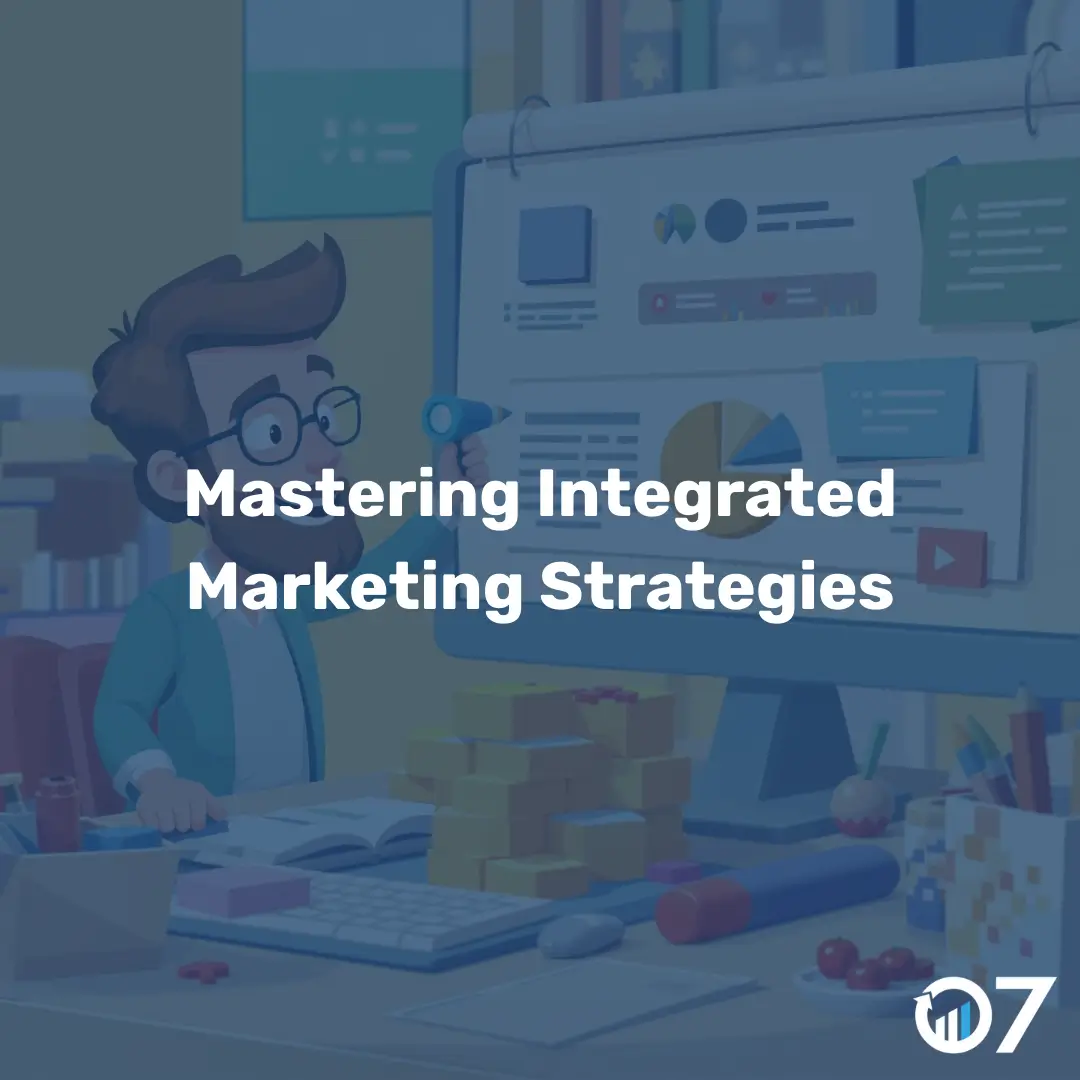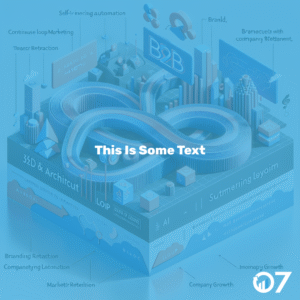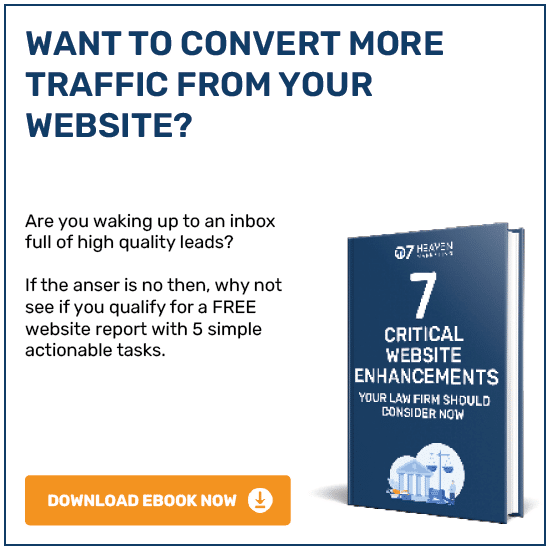In the modern era of marketing, effective strategies require cohesive messaging across various channels. Integrated marketing is pivotal in ensuring that a brand’s representation is consistent, which builds trust and recognition among consumers. When brands like Southwest Airlines showcase a unified experience through branding and communication, they exemplify integration at its finest.
What is Integrated Marketing
Integrated marketing is a strategic approach that harmonises different marketing channels to promote a consistent message. This contrasts with multi-channel marketing, where messages might diverge according to platform. Integrated marketing ensures a singular voice and approach across various outlets, whether social media, websites, or traditional media channels.
The recent success of brands such as Apple and Duolingo highlights the power of cohesive marketing strategies. Businesses can reach a broader audience and enhance visibility by delivering a unified message, allowing consumers to engage effortlessly across channels.
Why Integrated Marketing is Effective
The effectiveness of integrated marketing lies in its ability to present a united front. A coherent strategy ensures that every marketing touchpoint is aligned with the overall brand vision, thus enhancing customer trust and loyalty. Here are several benefits that integrated marketing strategies provide:
- Wider Audience Reach: A multifaceted approach allows brands to tap into new demographic sectors effectively.
- Increased Trust and Credibility: Consistency in messaging builds customer trust, as consumers receive the same message across different platforms.
- Cost Efficiency: Sharing marketing assets across channels can reduce costs and improve ROI.
- Enhanced Customer Engagement: A cohesive strategy fosters better audience engagement, leading to higher conversion rates.
Steps to Building an Integrated Marketing Campaign
Here’s how to create successful integrated marketing campaigns:
- Define Your Campaign Goals. Identify the overarching objectives you want to achieve through the campaign. Making these goals SMART (Specific, Measurable, Achievable, Relevant, Time-bound) can set clear benchmarks for success.
- Select Your Marketing Channels. Depending on your campaign objectives, select suitable channels. Common channels include social media, email marketing, content marketing, and PPC ads. Each channel should reflect the campaign’s consistent messaging.
- Identify Your Buyer Personas. Understanding your audience is crucial. Different channels may require distinct buyer personas to tailor strategies effectively.
- Create Adaptable Content. Content is central to your campaign. Develop materials that can seamlessly transition across channels while maintaining the core message. Reusing content creatively – like generating social media snippets from a longer blog post – can save time and effort.
- Manage Channels Effectively. Assign channel managers or specialists who understand the nuances of the respective media. Regular meetings and updates foster communication and strategy alignment.
- Launch and Measure. After launching your campaign, measure its performance against your set KPIs. Metrics like engagement rates, conversion rates, and lead generation will provide insights into the campaign’s effectiveness.
- Iterate Based on Feedback. Always be ready to adjust your strategies based on performance data, ensuring continuous improvement in future campaigns.
Best Practices in Integrated Marketing
- Synchronise Behind the Scenes. Ensure all marketing teams collaborate and communicate effectively to present a unified message.
- Be Conscious of Channel Transitions. Assume that consumers will interact with your brand across various platforms. Ensure the experience remains consistent regardless of where they engage.
- Leverage Existing Overlaps Between Campaigns. Identify chances where consumers move from one campaign touchpoint to another. For instance, if a potential customer sees an ad on Facebook, they should easily find the same message when visiting your website.
Examples of Successful Integrated Marketing Campaigns
- The Barbie Movie and Mattel. The marketing for the Barbie movie involved integrated strategies, such as customised dolls that mirrored movie characters, effectively bridging the connection between audience engagement and merchandise sales.
- Coca-Cola and Oreo Collaboration. This partnership merged campaigns effectively, utilising both brands’ strengths to create an enjoyable consumer experience through unique products and cohesive marketing efforts.
Conclusion
Unified marketing creates powerful connections between brands and consumers. Integrated marketing allows businesses to convey their values, drive engagement, and foster loyalty. With increasing competition, leveraging integrated marketing strategies is vital for sustained success in today’s omnichannel environment. Brands that invest in developing cohesive and adaptable marketing strategies position themselves well for future growth.
For more insights, visit our blog at 07 Heaven Marketing. Contact us via email at info@07hm.co.uk or call us on 01702 410663.





